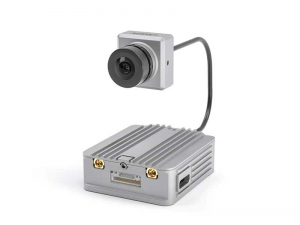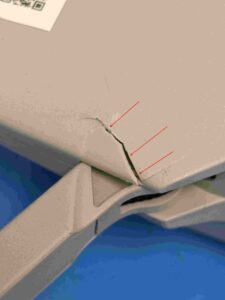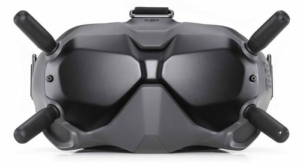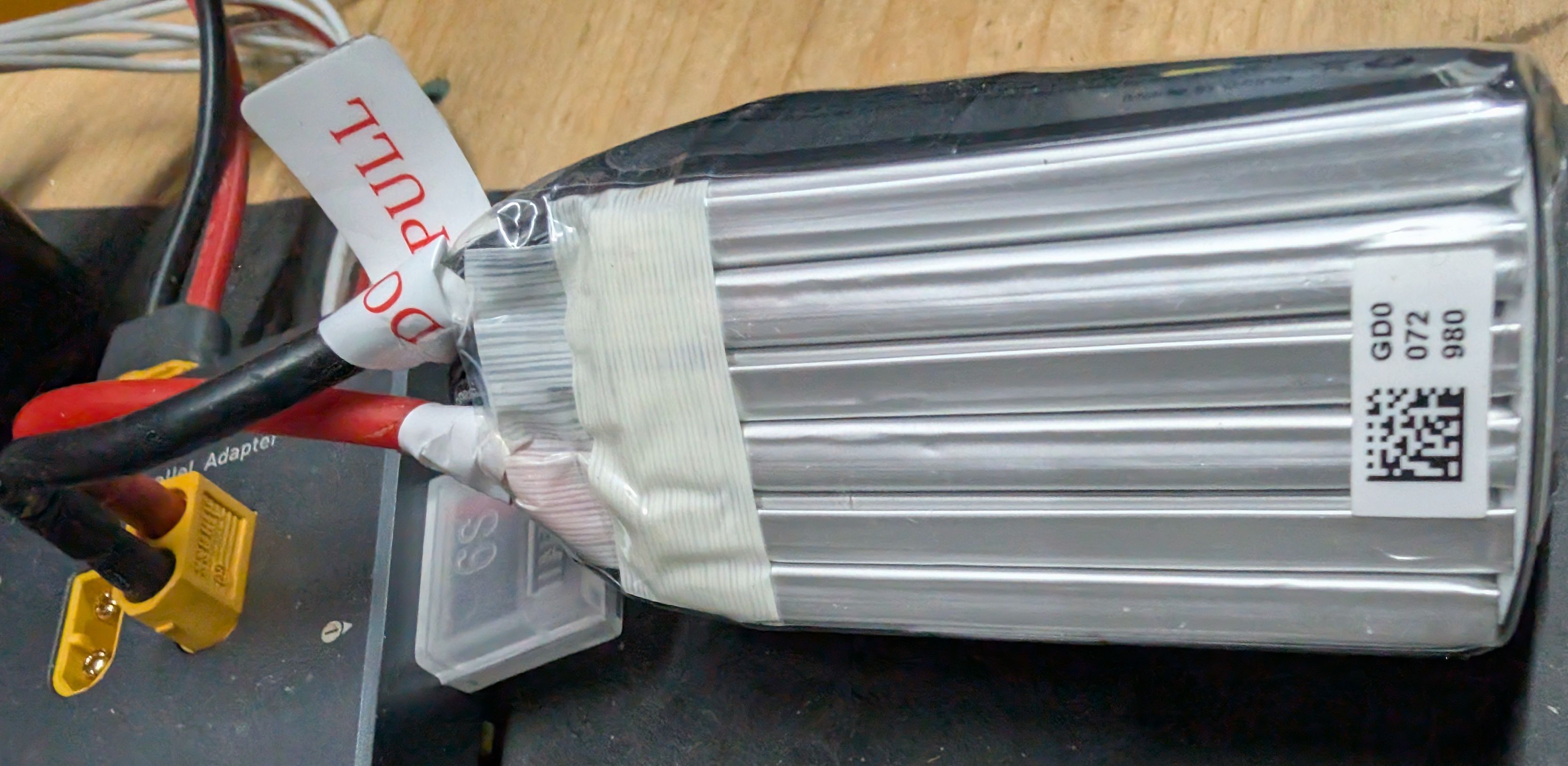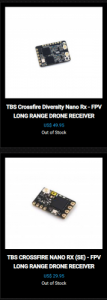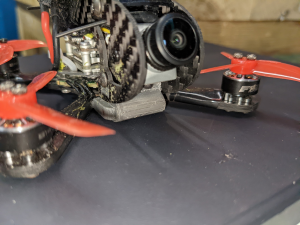
Nothing about this is really easy to follow from outset. If you get baited into looking into these things, there are a wide variety appearing on the market appearing almost weekly and it’s hard to figure out what the deal is with these.
- Why are some so cheap?
- Some have goggles
- Some seem like flying batteries.
- Enterprise drone stuff is really expensive.

From what I’ve managed to absorb from countless hours of searching, reading, watching and assessing is distilled as follows:
For mere mortal humans, remote “Flying Things” breaks down into three major categories:
- Toys. Things for children to lose in a tree.
- Small, tend to be stopped by a strand of hair in a motor.
- Some are difficult to fly and some can do limited tricks.
- sub $100 usually.
- some have video transmission to a phone enabled app
- Proprietary parts/software, closed eco-system.
- bad battery life, hard to find replacements.
- single source parts if you find them.
- Camera and application specific drones. (DJI, Flyability, FreeFly?)
- Devices optimized for their payloads.
- Gimbled cameras
- Lidar
- Survey
- crop spraying
- Flight is often managed and straight/level is the default mode.
- Few manufacturers of quality aircraft.
- Often flown line-of-sight and many have video image transmission
- Proprietary parts/software, closed eco-system.
- Expensive batteries
- single source parts
- Devices optimized for their payloads.
- Quad/multi-rotor aircraft
- Devices are optimized for their flight characteristics and payload requirements.
- Difficult to fly, few flight modes, generally need constant inputs to sustain flight.
- Flown using video transmission, First-Person-View (FPV).
- aircraft frames are inexpensive.
- Often generic parts that are transferable/portable between models.
- insanely maneuverable.

Most “Flying Things” will fall into only one of these categories with few overlapping the other, with some exceptions.
DJI – FPV. This is a recent drone offering from DJI that begins to build a bridge between managed flight and intricacies of flying a Quad/multi-rotor in First-Person-View. What it purports to bring is a stepped approach to flying a “manual” quad/multi-rotor by blending the DJI flight controllers with the ability to peel back levels of protection completely, putting the pilot in full un-meddled control of the drone.

The quad/multi-rotor purists seem to abhor this concept, largely because I think they’re miffed right-off they had to learn to fly First-Person-View “the hard way”, resulting in probably much more carnage and cost. The fact this “flying thing” exists at all speaks to the pilot skill gap between the flat-turning camera/application specific drone and their manual quads. More on my observations of the quad/multi-rotor purists in a future post.

Sadly, the combination of an inexpensive camera drone with a set of goggles doesn’t seem to exist, there are plenty of app-based First-Person-View screen based, but fully immersive is heavily split to the quad/multi-rotor category.
Step back to what you want this for. Likely if you are just getting into this, a sub-250g camera drone with managed flight is likely the responsible choice for the unlicensed pilot.
